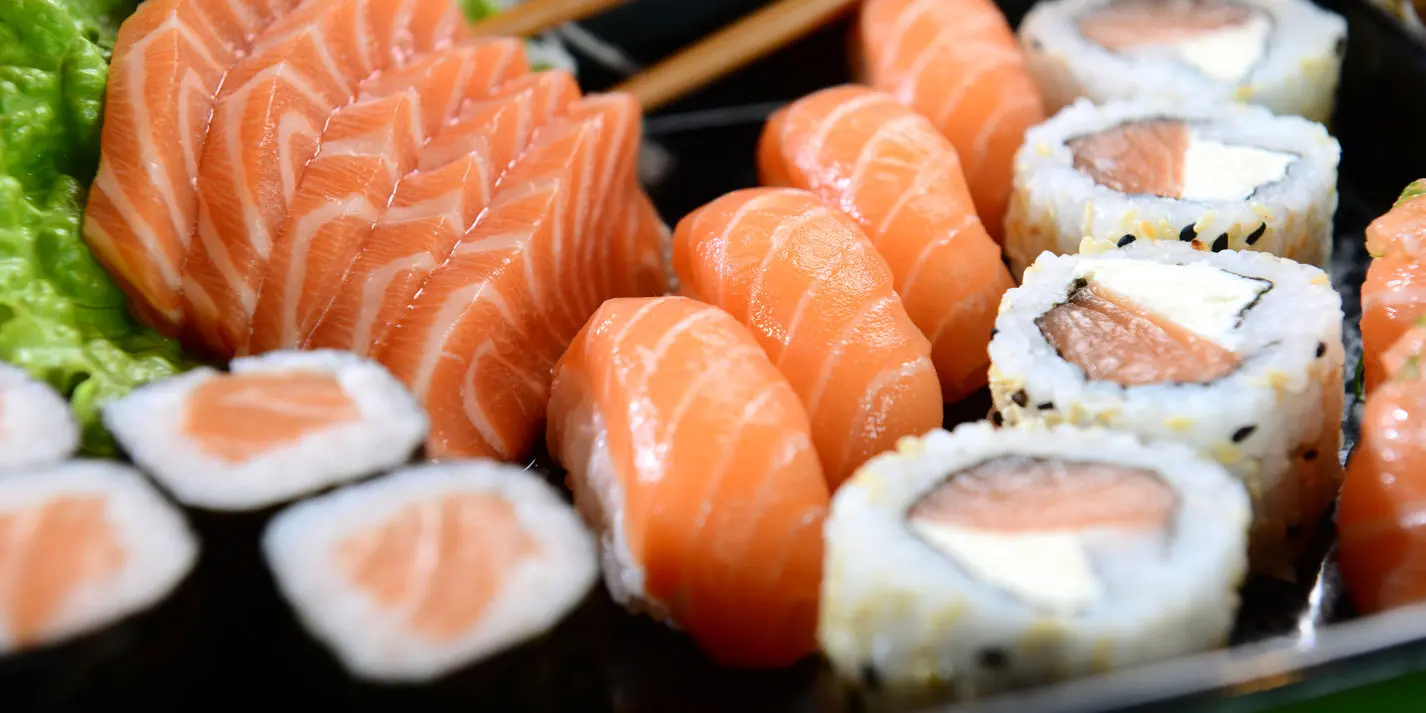The Origins of Sushi and Its Global Influence
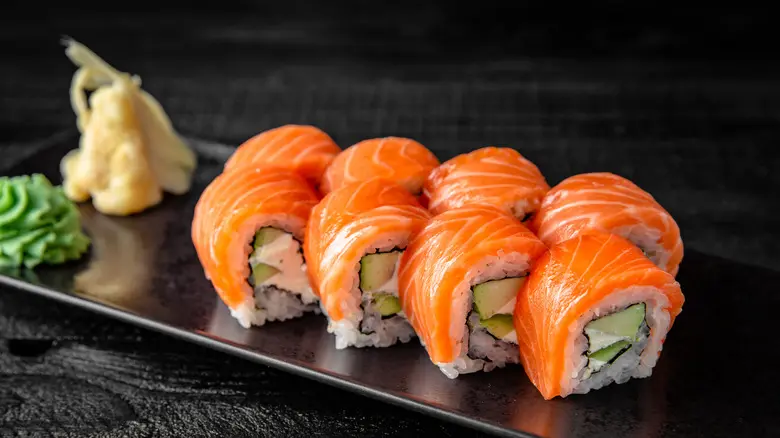
Sushi has long been a beloved dish with deep roots in Japanese culture. Traditionally made with vinegared rice and raw fish, it has evolved into various forms, from nigiri to maki rolls. While sushi originated in Japan, the way we know and love it today has been greatly influenced by countries around the world. One surprising contributor to modern sushi is Norway, whose role in revolutionizing sushi cannot be overstated, especially in the form of salmon sushi.
Norway's Role in Salmon Farming
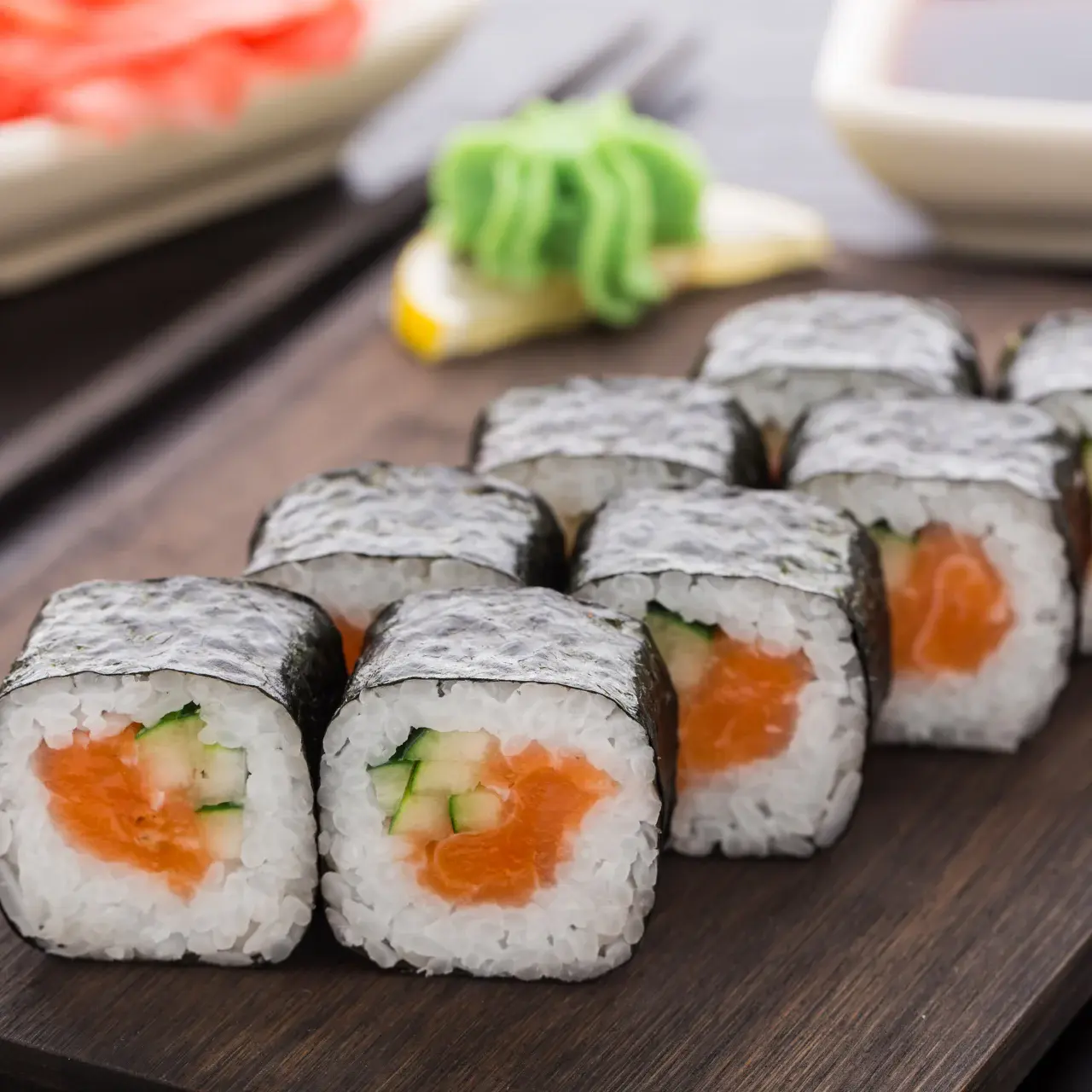
In the 1970s, Norway became a major player in the global seafood industry by pioneering salmon farming techniques. Before this, the fish used in sushi was often caught wild, making it less available and more expensive. Norwegian salmon farming allowed for a consistent and reliable supply of high-quality fish. This transformation made salmon more accessible and affordable for restaurants worldwide, including sushi chefs. Thanks to these advancements in sustainable farming practices, salmon sushi (like the famous salmon nigiri) became a mainstay in sushi restaurants around the world.
The Introduction of Salmon to Japanese Cuisine
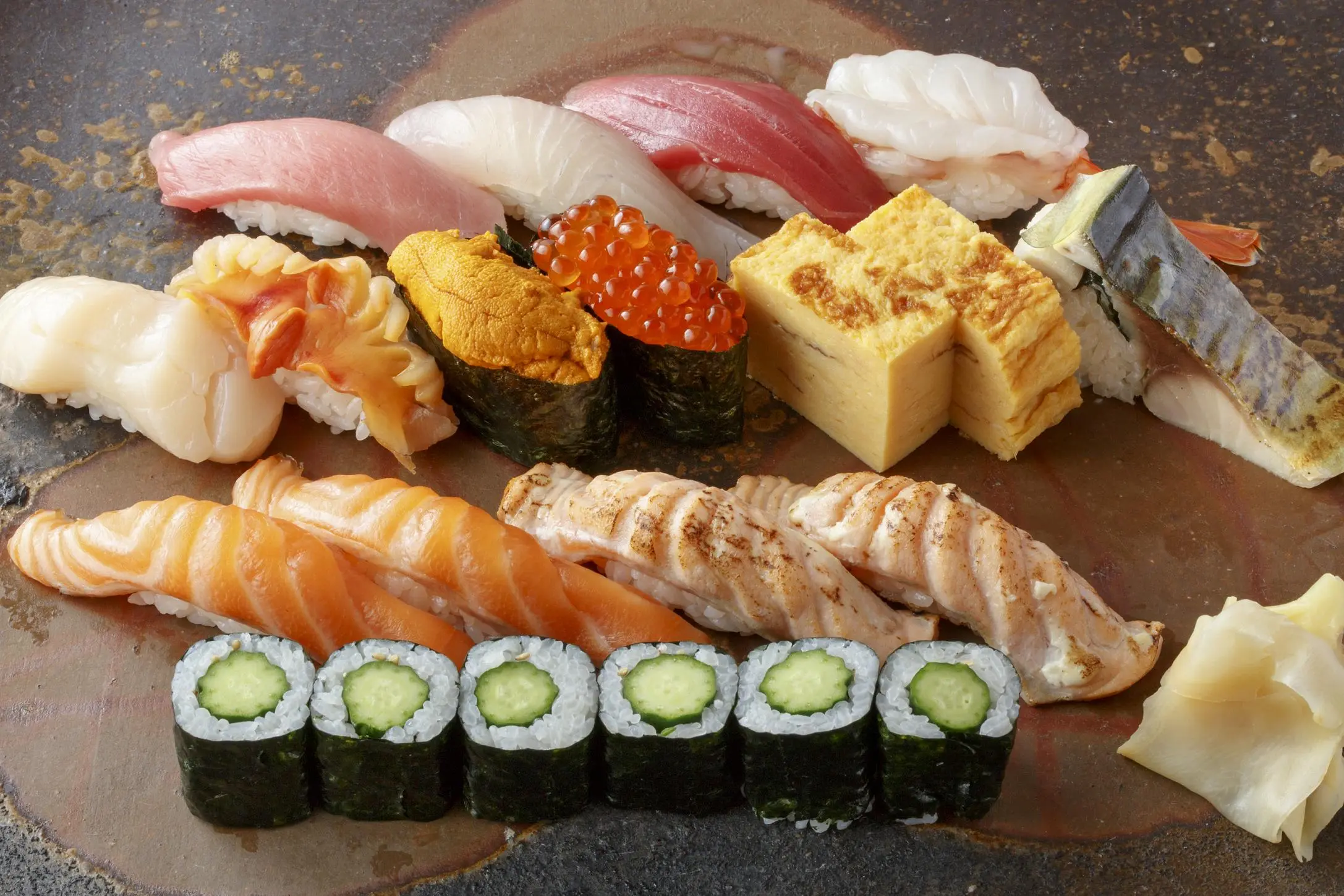
While Japan has a long history with seafood, raw salmon was not a traditional sushi ingredient. In the early 1980s, Norwegian salmon began appearing in Japanese restaurants. At first, many chefs were hesitant to use it due to concerns about parasites and the unfamiliar taste. However, the introduction of farm-raised Norwegian salmon, which was free from parasites and had a mild, fatty texture, changed the game. It quickly gained popularity, and the Norwegian salmon sushi became a beloved item on sushi menus, especially outside Japan.
The Global Sushi Phenomenon
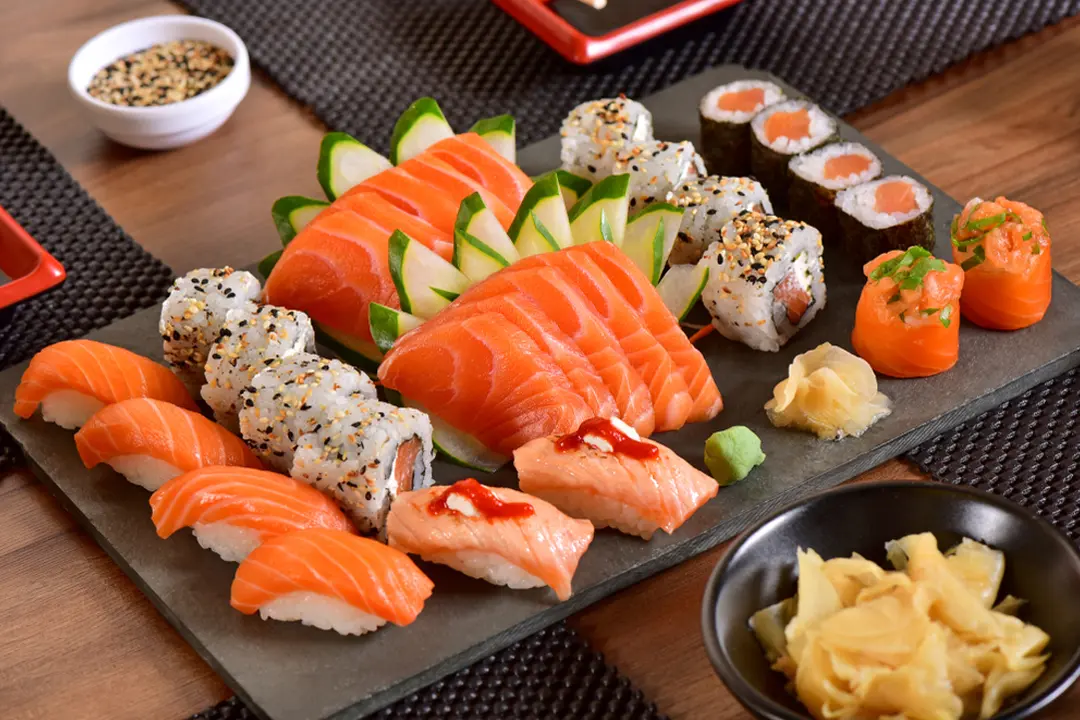
As sushi spread around the globe, Norwegian salmon played a pivotal role in its globalization. Sushi became more accessible to people from different cultures, as salmon, a familiar and versatile fish, appealed to a wider audience. Today, Norwegian salmon is a central ingredient in sushi restaurants across the world. Its impact on the sushi industry has been so significant that Norway continues to export millions of tons of salmon annually, fueling the global sushi boom. What was once a local Japanese dish has now become a staple of international cuisine, thanks in no small part to Norway’s contributions.
Recommended

The Common Mistake Giving You Runny Mashed Potatoes

Prevent Frozen Yogurt From Turning Icy With One Ingredient

Never Get Soggy Chicken Wings Again With One Ordering Tip

How Chinese Takeout 'Spice Bags' Became A Quintessential Irish Snack
Next up

